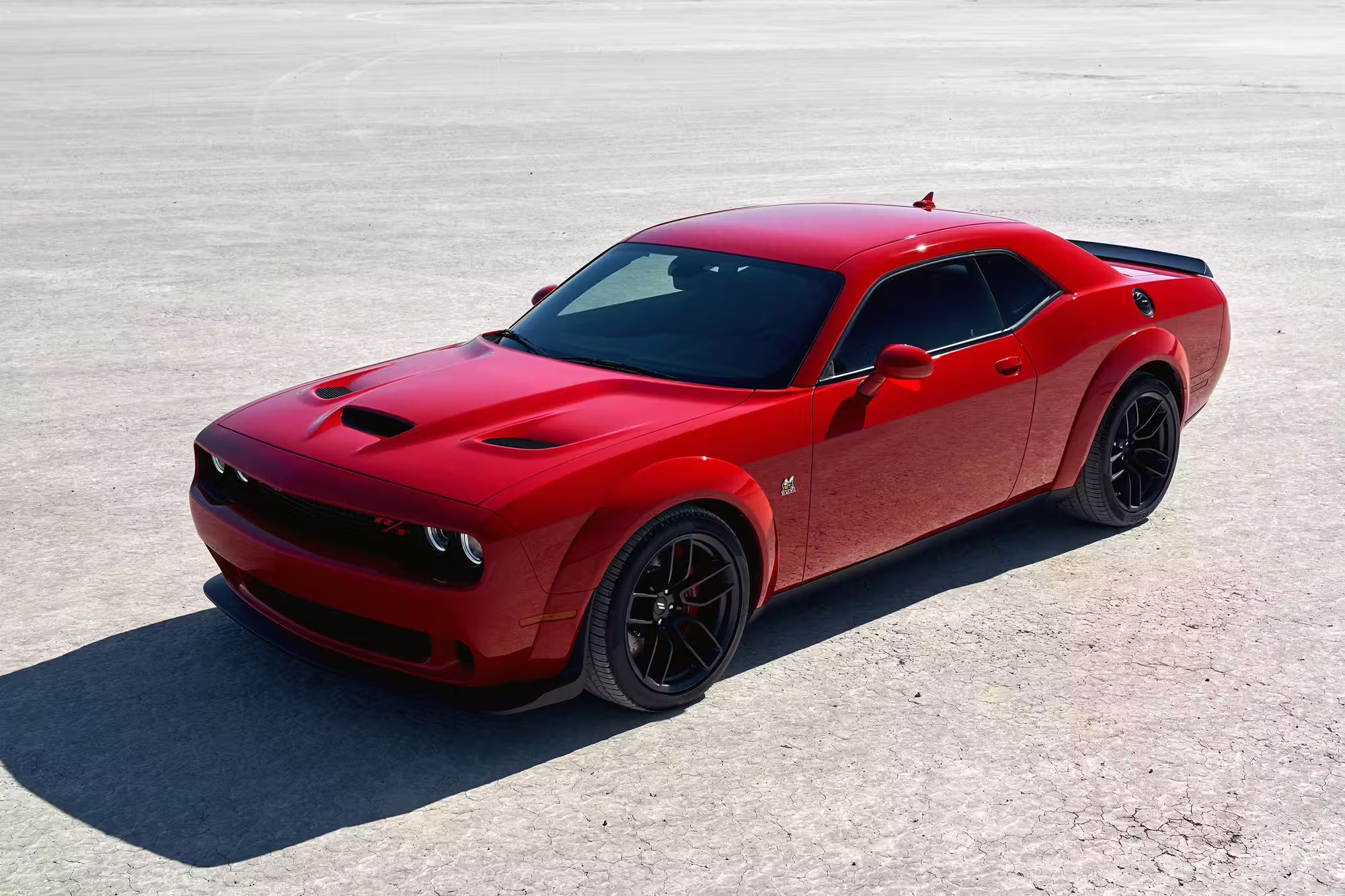In the pantheon of classic American muscle cars, names like the Ford Mustang, Chevrolet Camaro, and Dodge Challenger dominate conversations. But among these legends sits a lesser-known, yet equally compelling, machine—the AMC Javelin AMX. Often overlooked in favor of its Big Three competitors, the Javelin AMX offers an intoxicating blend of performance, rarity, and unique styling that makes it a must-have for any collector.
If you’ve been considering adding a piece of American muscle history to your garage, here’s why the AMC Javelin AMX should be at the top of your list.
A Muscle Car That Stands Out From the Crowd
The late 1960s and early 1970s were a golden era for muscle cars, with nearly every major automaker producing high-performance coupes to satisfy the thirst of speed-hungry buyers. But while Ford, Chevy, and Mopar were battling it out for market dominance, AMC (American Motors Corporation) quietly introduced a game-changer.
The AMC Javelin debuted in 1968 as the company’s answer to the Mustang and Camaro. While its design was already striking, AMC took things further in 1971 by introducing the high-performance Javelin AMX—a separate, beefed-up version of the standard Javelin that merged aggressive styling with serious horsepower.
Unlike its more mainstream rivals, the Javelin AMX offers exclusivity. If you’re the type of collector who values a muscle car that doesn’t show up at every car meet, the AMX is your ticket to turning heads.
A Bold, Aggressive Design Unlike Any Other
Muscle cars are supposed to make a statement, and the Javelin AMX delivers in spades. Designed under the direction of Dick Teague, AMC’s famed stylist, the 1971-74 Javelin AMX introduced a bold, wide-hipped look that set it apart from anything else on the road.
One of its most striking features is the protruding front fender flares, which give the car a muscular, road-hugging stance. The long hood, short deck proportions scream performance, while the distinctive grille and integrated bumper give it a fierce, predatory look.
For those who appreciate design, the Javelin AMX isn’t just a car—it’s a piece of art. Whether you opt for the classic “Big Bad” color schemes (Big Bad Blue, Big Bad Green, or Big Bad Orange) or a factory racing stripe package, the AMX looks every bit the part of a muscle-bound street fighter.
Performance That Holds Its Own
Sure, aesthetics are important, but a muscle car is nothing without serious performance. The Javelin AMX delivered on this front with a variety of powerful V8 engine options.
At the top of the lineup was the 401 cubic-inch (6.6L) V8, which produced 330 horsepower and 430 lb-ft of torque. This engine was a brute, capable of launching the Javelin AMX from 0-60 mph in just under 6 seconds—on par with the best muscle cars of its day.
But what makes the AMX stand out even more is its handling. Unlike some muscle cars that only excel in a straight line, the Javelin AMX featured a performance-tuned suspension, wider track, and optional Go-Package, which included upgraded sway bars, power disc brakes, and beefier tires.
The result? A muscle car that not only accelerates aggressively but also feels planted in corners—a rare trait for American muscle cars of the era.
A NASCAR Champion & Trans Am Contender
Most people associate AMC with economy cars, but the Javelin AMX had real motorsport pedigree.
In the early 1970s, AMC took the Javelin racing in the SCCA Trans-Am series, hiring the legendary Roger Penske and driver Mark Donohue to turn it into a winner. Against heavyweights like the Mustang Boss 302 and Camaro Z/28, the Javelin AMX proved its mettle, winning the Trans-Am championship in 1971 and 1972.
On the stock car racing scene, the Javelin AMX also made waves in NASCAR, competing successfully against more well-established rivals. This racing heritage makes it more than just another muscle car—it’s a bona fide performance legend.
A Rarity That’s Only Growing in Value
One of the biggest reasons to own a Javelin AMX? Exclusivity.
Unlike Mustangs and Camaros, which were produced in the hundreds of thousands, AMC built far fewer Javelin AMX models—particularly those equipped with the 401 V8. That scarcity makes it a rare sight at car shows and auctions, and its value is steadily climbing.
While first-generation Javelins (1968-70) are highly desirable, the 1971-74 AMX models—especially those with original 401 V8s and factory performance options—are commanding increasing attention among collectors.
If you’re looking for a muscle car that offers investment potential, the Javelin AMX is a smart buy.
A Driving Experience That’s Pure and Unfiltered
Driving a classic muscle car isn’t just about getting from point A to B—it’s about the experience.
Turn the key in a Javelin AMX, and you’re greeted with the raw growl of a big-block V8, a mechanical symphony that modern cars simply can’t replicate. The unassisted steering, the rumble through the floorboard, and the way the car fights for traction when you punch the gas—it’s a visceral, unfiltered connection to the road.
There’s no traction control, no drive modes, and no artificial sound enhancement. It’s just you, the machine, and the open road.
That’s what makes classic muscle cars so special. And the Javelin AMX? It delivers that experience in one of the most unique packages of its era.
Final Thoughts: The Javelin AMX Deserves a Spot in Your Collection
The AMC Javelin AMX is more than just another muscle car—it’s a statement piece, a performance legend, and a collector’s dream all wrapped into one.
With its bold styling, powerful V8 options, championship-winning racing history, and increasing rarity, it checks all the boxes of a car that’s both fun to drive and a great investment.
If you’re a muscle car enthusiast looking for something different—something with soul, attitude, and a rebellious spirit—the Javelin AMX belongs in your collection.

